Of the Buckthorn is a popular ornamental shrub for parks and gardens. In medicine, its bark is used as a laxative.
Occurrence & cultivation of the buckthorn

Of the Buckthorn is an ornamental shrub from the buckthorn family. It owes its name to the unpleasant smell of its bark. This is used in medicine, dried and crushed, as a laxative. As a rule, the buckthorn grows as a multi-stemmed shrub, less often in the shape of a tree.
The shrubs reach a height of 2 to 3 meters with a diameter of the individual trunks of up to 5 centimeters. The trees are up to 8 meters high with a trunk diameter of up to 15 centimeters. The bark of the young shoots is initially green and smooth, later gray-brown and cracked. The alder buckthorn flowers are inconspicuously white and have an intensely sweet scent.
Green fruits develop from them, which later turn red and, when fully ripe, black.The flowers are a good supplier of nectar for bees, which is why the buckthorn is particularly widespread in the gardens of beekeepers and insect lovers.
The plant prefers a subcontinental to suboceanic climate. Moist to wet soil is preferred, but waterlogging is not well tolerated. The plant is widespread in Europe and northern Asia. In North America there is a related plant, the American buckthorn, with similar properties. However, this species has been reported to have an even stronger laxative effect. All parts of the plant are classified as toxic.
Effect & application
The bark of the buckthorn is medicinally effective. This must be stored for at least a year or artificially aged before use. The bark is only harvested in the months May to June, i.e. before flowering, when the active ingredient content is highest.
The ingredients anthrone and dianthrone glycoside are responsible for the medicinal effect. During storage, these oxidize to anthraquinones. Premature intake of the preparation, i.e. before the oxidation is complete, leads to severe vomiting. With longer storage, the active ingredient content and thus also the medical effectiveness decrease. Unlike many other laxatives, the effect is not based on physical processes but on a biochemical reaction.
By splitting the ingredients, more water is transported into the intestine, which softens the stool. This increases the volume and stimulates the bowel movement. Because of these processes, it can take 8 to 10 hours before the desired effect occurs.
A tea is used that is made from 2 grams of the finely chopped bark. This is poured over with boiling water and strained after 10 to 15 minutes steeping time. The tea can also be made as a cold extract. To do this, the same amount of bark is mixed with cold water and has to steep for 12 hours. Tablets containing the active ingredient can also be used.
The laxative effect of buckthorn bark was already known in the Middle Ages. Before that, it was used to treat dental and skin diseases. However, these possible uses have been forgotten and are no longer relevant today. The only thing worth mentioning is the folk medicine use of a decoction with vinegar as a mouth rinse for inflammation in the mouth. Folk medicine also describes the effectiveness of buckthorn bark for liver and gallbladder problems, for which, however, there is no reliable evidence.
A compress soaked in a decoction of buckthorn bark is said to work against blemishes. Since there are no known side effects on the skin, this can definitely be tried. The bark of the buckthorn is also used in homeopathy. Here the main area of application is in the treatment of diarrheal diseases due to the similarity between symptom and effect.
Importance for health, treatment & prevention
Despite the development of chemically produced drugs, buckthorn bark has great medical importance to this day. It is used for diseases that require easier defecation. These can be hemorrhoids or anal fissures, for example. Buckthorn bark is still used today for emptying the bowels before operations.
Buckthorn bark is often offered in teas mixed with other effective medicinal plants. However, the medicinal plant is more suitable for acute than chronic conditions. It is recommended to use it for a maximum of one to two weeks. With continuous use over this period of time, a potassium deficiency can occur, which subsequently leads to cardiac arrhythmias. Therefore, if you have a known heart disease, the drug should only be taken after consulting your doctor.
Due to the lack of scientific studies, children and pregnant women should not take preparations containing buckthorn bark. This is especially true for pregnant women: higher doses can trigger miscarriages. In the past, this unpleasant side effect was used specifically to carry out illegal abortions. Treatment with buckthorn bark is also not advisable in the case of inflammatory bowel disease or intestinal obstruction.
A reduction in natural bowel activity is also possible with long-term use of the drug. In the case of a chronic illness, a change in diet should therefore be the first option. If this is unsuccessful, after consulting a doctor, gentler means than buckthorn bark can be used.
Due to the sometimes quite serious side effects of improper handling of the drug, ready-made preparations should be used. In addition to teas, tablets with a controlled active ingredient content are also available.

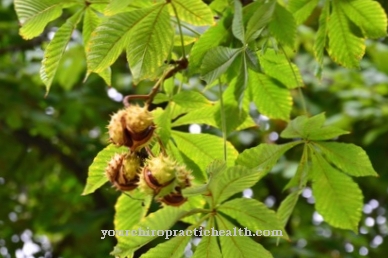
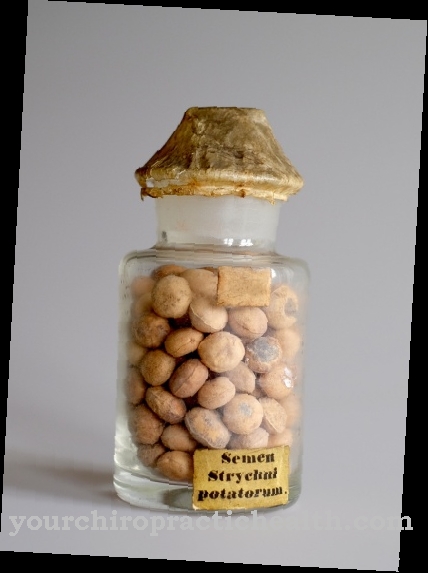
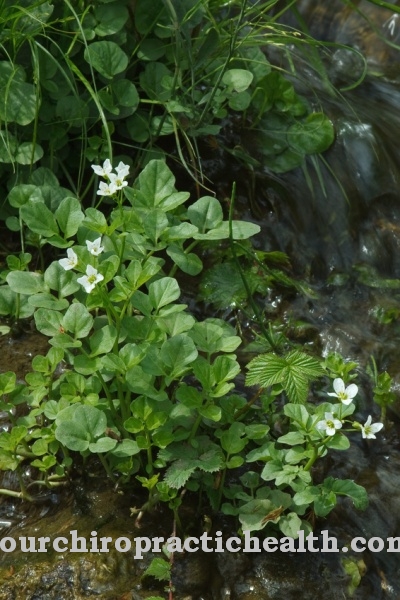
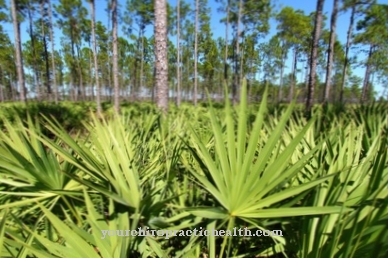
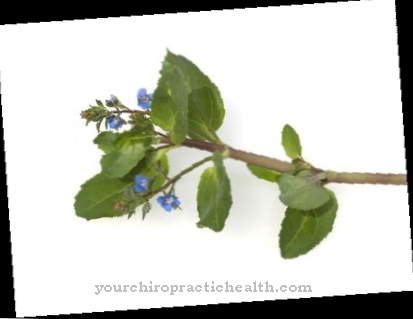



















.jpg)

.jpg)
